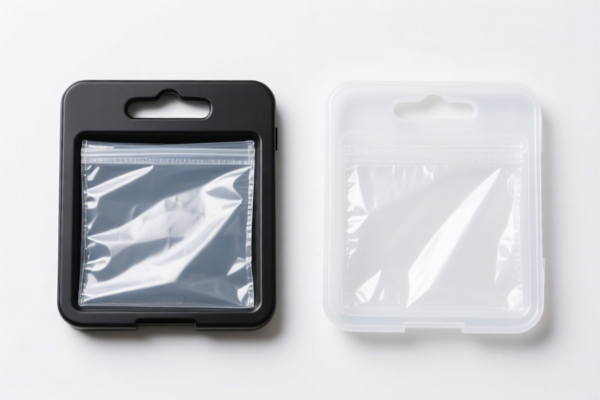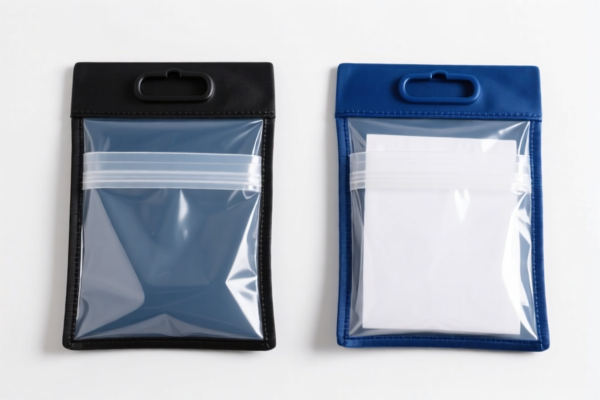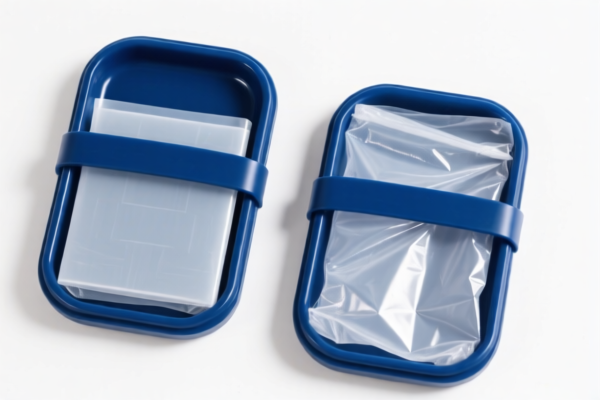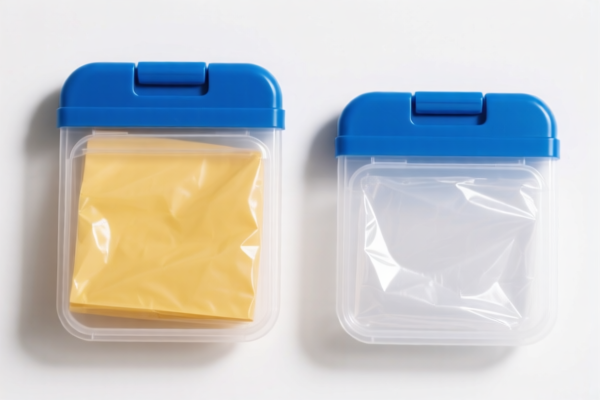| HS Code | Official Doc | Tariff Rate | Origin | Destination | Effective Date |
|---|---|---|---|---|---|
| 4819100020 | Doc | 55.0% | CN | US | 2025-05-12 |
| 4819502000 | Doc | 55.0% | CN | US | 2025-05-12 |
| 4823690020 | Doc | 55.0% | CN | US | 2025-05-12 |
| 4823690040 | Doc | 55.0% | CN | US | 2025-05-12 |
| 9620005000 | Doc | 60.3% | CN | US | 2025-05-12 |
| 9620005500 | Doc | 58.3% | CN | US | 2025-05-12 |




Popcorn Box
A popcorn box is a container, typically made of paperboard, designed to hold popped popcorn. They are commonly used in entertainment venues and for home consumption.
Material:
- Paperboard: The most prevalent material, offering a balance of cost-effectiveness and functionality. Often features a wax or plastic lining to prevent oil saturation.
- Cardboard: Heavier and more durable than paperboard, suitable for larger quantities of popcorn or reuse.
- Plastic: Less common due to environmental concerns, but provides excellent grease resistance and reusability.
- Compostable Materials: Increasingly available, made from plant-based sources for environmentally friendly disposal.
Purpose:
The primary purpose of a popcorn box is to conveniently serve and consume popcorn. They facilitate easy handling, portion control, and disposal.
Function:
- Containment: Holds popped popcorn securely.
- Portability: Allows for easy carrying and transport.
- Insulation: Provides some degree of insulation to keep popcorn warm.
- Disposal: Offers a convenient method for discarding popcorn remnants.
Usage Scenarios:
- Movie Theaters: The most iconic setting for popcorn box usage.
- Amusement Parks: Frequently used at concession stands.
- Sporting Events: A common snack container for attendees.
- Carnivals and Fairs: Offered at food vendors.
- Home Entertainment: Used during movie nights, parties, or casual snacking.
- Events & Parties: Utilized for serving popcorn at gatherings.
Common Types:
- Standard Boxes: Traditional, single-use paperboard boxes in various sizes.
- Stackable Boxes: Designed to stack for efficient storage and dispensing.
- Novelty Boxes: Feature printed designs, characters, or themes for special events.
- Reusable Boxes: Made from durable materials like plastic or coated cardboard for multiple uses.
- Compostable Boxes: Constructed from plant-based materials for eco-friendly disposal.
- Popcorn Bags: An alternative to boxes, often made of paper or plastic.
- Divided Boxes: Feature compartments for separating popcorn from toppings like butter or seasonings.
Popcorn boxes typically fall under packing containers made of paper or paperboard, used for food service. Here are the relevant HS codes based on the provided information:
- 4819100020: This HS code covers cartons, boxes, and cases of corrugated paper or paperboard. Specifically, it includes sanitary food and beverage containers. This is a strong possibility for popcorn boxes made from corrugated cardboard. The total tax rate is 55.0%, comprised of a 0.0% base tariff and a 25.0% additional tariff, increasing to 30.0% after April 2, 2025.
- 4819502000: This HS code covers other packing containers, including record sleeves, also made of paper, paperboard, cellulose wadding, or webs of cellulose fibers. It specifically includes sanitary food and beverage containers. This could apply to popcorn boxes not made of corrugated paper. The total tax rate is 55.0%, comprised of a 0.0% base tariff and a 25.0% additional tariff, increasing to 30.0% after April 2, 2025.
It is important to note that both HS codes 4819100020 and 4819502000 have a total tax rate of 55.0%, with changes to the additional tariff after April 2, 2025. The specific material composition of the popcorn box (corrugated vs. other paperboard) will determine the correct HS code.
Customer Reviews
No reviews yet.